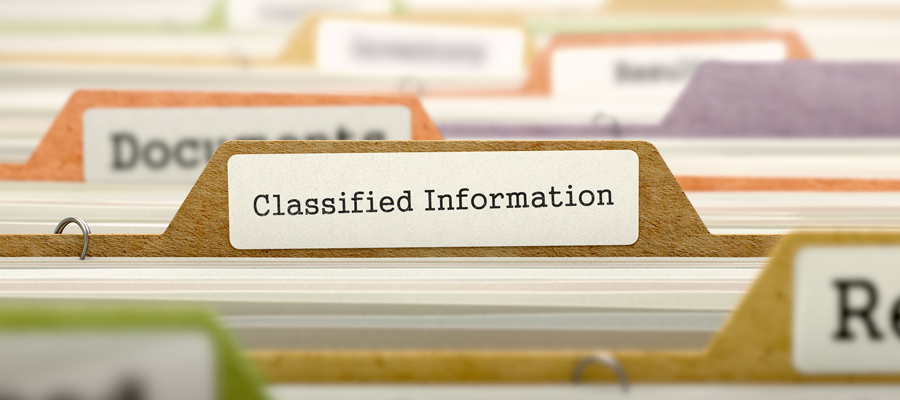How much is BC giving to natural gas companies?

All British Columbians have a stake in the pricing of natural resources. When trees are logged, when minerals are mined, when fossil fuels are drilled, the companies doing the extracting pay fees to the Province in recognition that the resources are publicly owned.
It is therefore in everybody’s interest to know how the government prices resources on the public’s behalf.
Nowhere may this be more important than with the royalty fees the government sets for companies extracting natural gas.
Like the previous Liberal government, the current NDP government is turbocharging natural gas industry developments in BC through a raft of subsidies that allow companies to reduce their royalty payments by hundreds of millions of dollars each year.
For two years, the Canadian Centre for Policy Alternatives has tried to shed light on those subsidies by asking for information on the credits that the government allows companies to claim against future royalty payments through Freedom of Information requests.
The government has done its best to block those requests at every turn.
British Columbians have a right to know which companies are benefitting—and by how much—from massive public subsidies.
At present, there are three broad subsidy programs all designed to maximize fossil fuel extraction by allowing qualifying companies to claim a portion of their development costs against what they pay in royalties.
The “infrastructure royalty credit program” allows companies to claim credits for road-building and pipelines.
The “clean infrastructure royalty credit program” allows companies to claim credits for installing solar panels and other “clean” technology at industry operations.
But by far the most important subsidy stream is the “deep-well royalty credit program”, which allows companies to claim credits for drilling deep and horizontal gas wells.
Earlier this year, BC’s Ministry of Energy, Mines and Petroleum Resources finally released information on the first two credit streams.
The information released shows that in the last two fiscal years, 21 companies claimed more than $72 million in such credits. The companies with the largest claims were Cutbank Ridge Partnership (Encana and Mitsubishi), with a claim of $27.5 million; Shell Canada Ltd., with a claim of $13.7 million; and three companies controlled by Malaysia’s Petronas, with claims of $10.2 million.
| Company | Royalty credits received |
| Devon Canada Corporation | $62,372 |
| UGR Blair Creek Ltd. | $102,762 |
| Murphy Oil Company Ltd. | $116,238 |
| ConocoPhillips Canada | $120,207 |
| Chevron Canada Limited | $131,268 |
| Woodside Energy International (Canada) Ltd. | $131,268 |
| Apache Corporation | $154,671 |
| Pengrowth Energy Corporation | $376,633 |
| Chinook Energy (2010) Inc. | $536,643 |
| Venturion Oil Limited | $597,236 |
| ARC Resources Ltd. | $662,869 |
| Leucrotta Exploration Inc. | $1,170,894 |
| Canadian Natural Resources Limited | $1,240,771 |
| Encana Corporation | $1,416,146 |
| Saguaro Resources Ltd. | $2,625,098 |
| Storm Resources Ltd. | $2,683,660 |
| Black Swan Energy Ltd. | $3,535,769 |
| Crew Energy Inc. | $4,971,197 |
| Petronas | $10,214,442 |
| Shell Canada Limited | $13,698,323 |
| Cutbank Ridge Partnership | $27,518,675 |
| Total credits | $72,067,142 |
Sizeable as those subsidies are, they pale in comparison to the deep-well credits. As of last fiscal year, the total accumulated deep-well credits stood at $2.6 billion, having risen nearly $700 million in the previous year. The accumulated credits will be higher still when the government releases its latest Public Accounts later this year. All of that money represents future reductions in royalty payments—money that otherwise would help fund schools, hospitals, courts, transportation infrastructure and other public institutions and programs.
The public has a right to know which companies are benefitting—and by how much—from this massive public subsidy. Yet the Ministry of Finance still refuses to divulge this information on grounds that it would “harm” the interests of unnamed third parties.
When the resources in question are publicly owned, full public disclosure is the only reasonable policy.
This is a puzzling assertion. Virtually all companies drilling and fracking for natural gas in BC today drill deep wells and horizontal wells. It’s standard industry practice. If all such wells qualify for credits, there is no harm to any single company in disclosing credit information because all its competitors get credits too.
No, the real issue here is why our provincial government continues with these credits at all. Why, exactly, does it subsidize companies drilling deep and horizontal wells? If companies cannot drill such wells profitably, why is the public on the hook to offset a portion of such costs?
These are pressing questions—especially as a massive liquefied natural gas plant inches toward reality in Kitimat. The plant itself will be heavily subsidized with a raft of tax breaks. It will also require thousands more new gas wells to be drilled and fracked—all of which will inflate an already bloated, murky credit account that represents foregone public revenues.
It’s time the government stopped cherry-picking what subsidies it discloses. When the resources in question are publicly owned, full public disclosure is the only reasonable policy.
—
This piece originally appeared in the Vancouver Sun.
Topics: Climate change & energy policy, Fracking & LNG, Provincial budget & finance, Transparency & accountability

